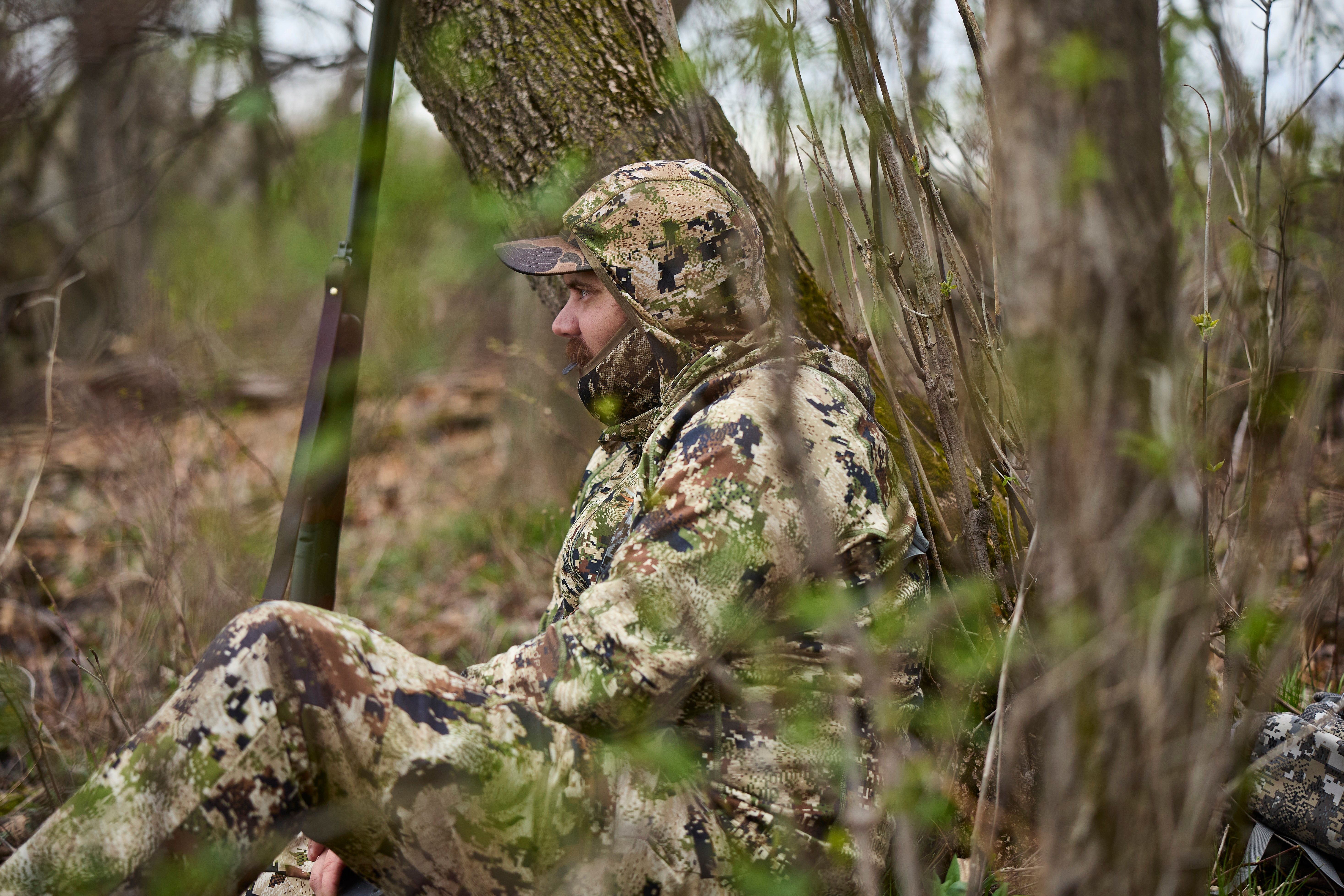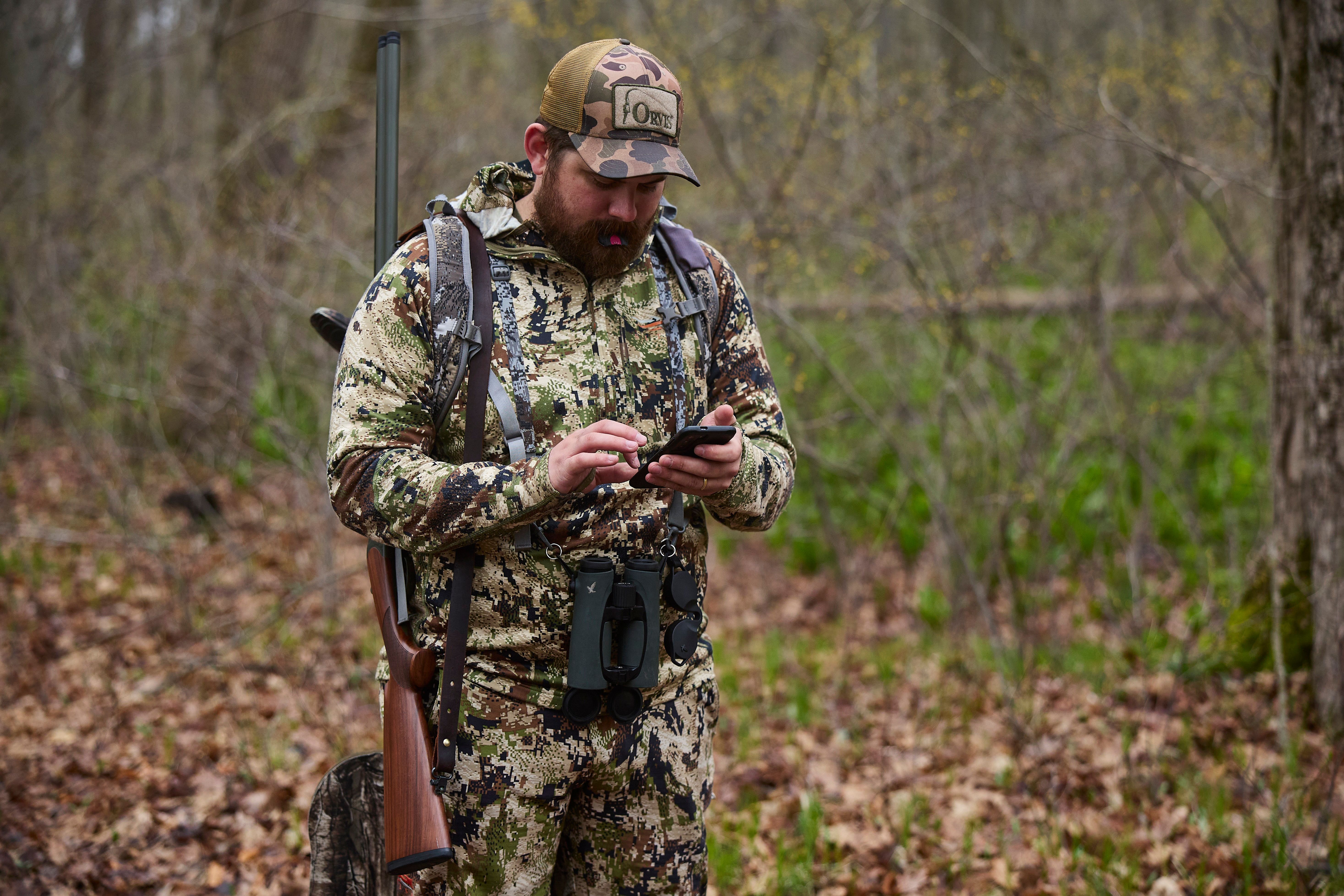Field Guide / Hunting Tips
Expert Strategies for Hunting Turkey on Public Land
If you are like most of us without access to acres of private turkey-hunting paradise, chances are you have experienced the highs and lows of hunting gobblers on public land.
Previous in Hunting Tips
More Content Like This
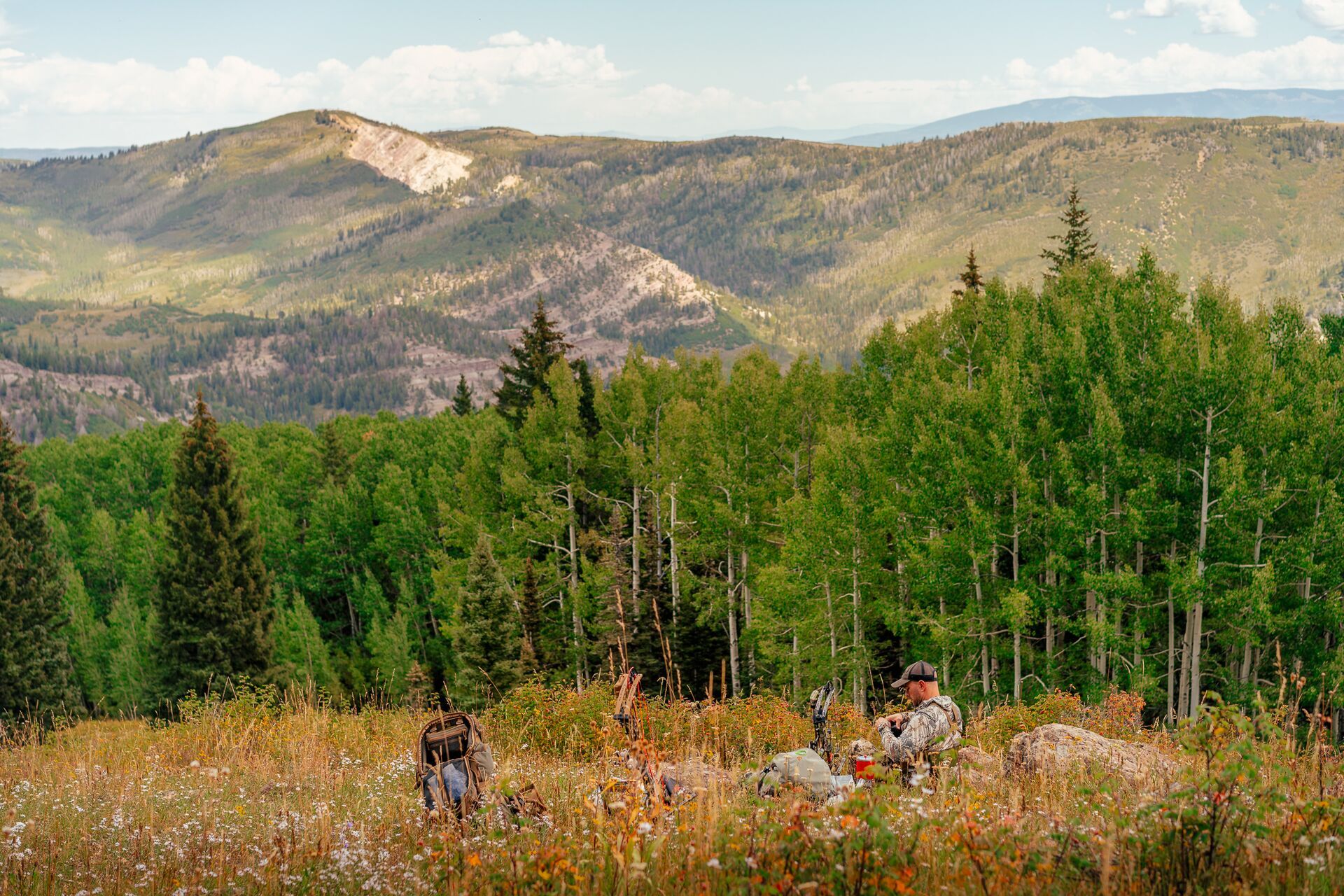
How Does Hunting Support Conservation Efforts? You Might Be Surprised
Still, to this day, there are those who attack hunters for being anti-conservationists or somehow acting against the natural environment. It's a common critique and one that could not be further from the truth.Read More
Read More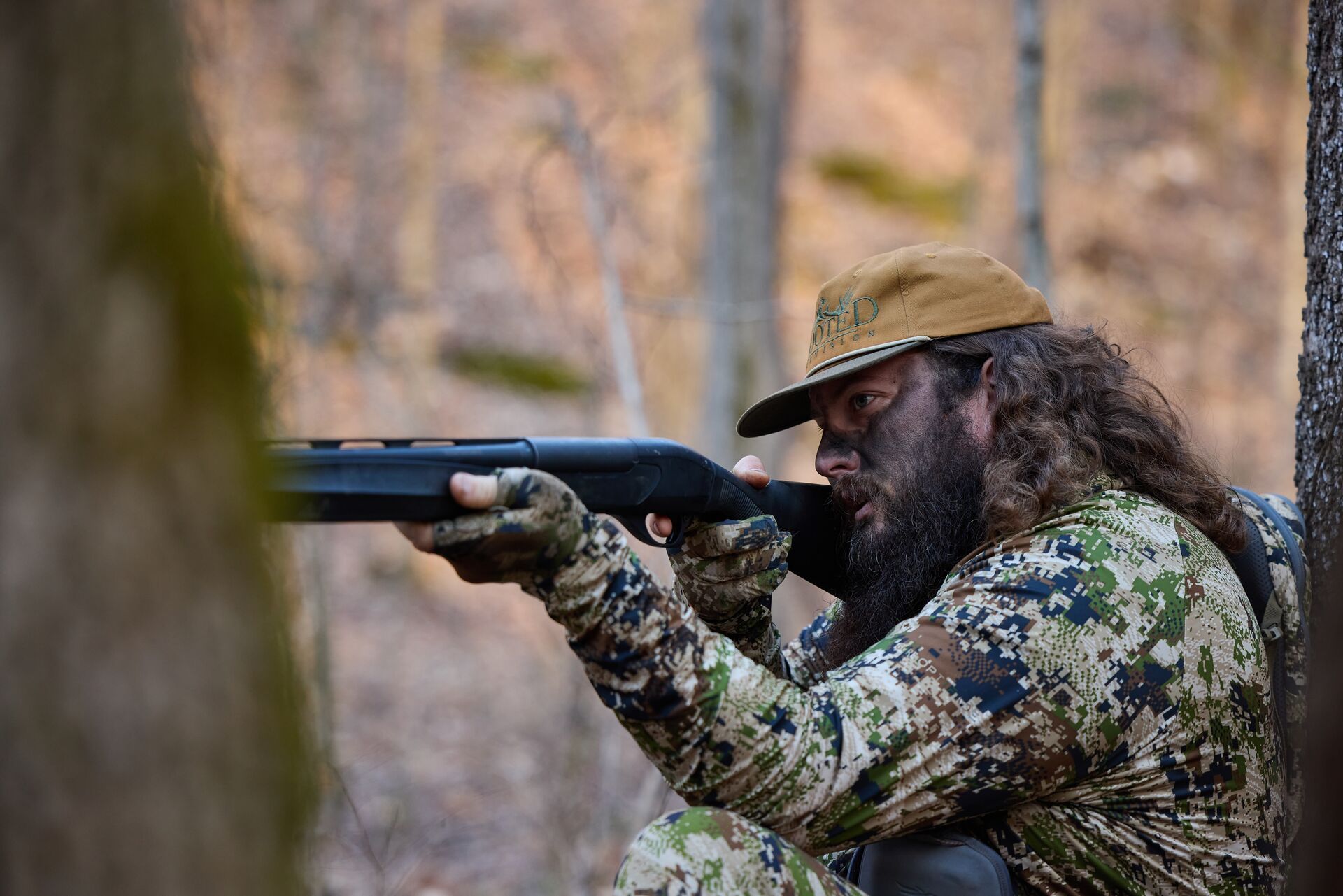
What Can You Hunt in the Spring? [A Guide]
As the landscape changes in color and the days get slightly warmer, hunters across North America prepare for exciting hunts. If you haven't already been out for a turkey hunt or chased down a coyote or wild hog, you may be wondering what to hunt befo...Read More
Read More10 Whitetail Facts Every Hunter Should Know
It's finally October, and you know what that means. HuntWise users: Deer season is now in full swing, and we couldn't be happier! Read More
Read More Hunting Tips
Hunting TipsHow Does Hunting Support Conservation Efforts? You Might Be Surprised
Still, to this day, there are those who attack hunters for being anti-conservationists or somehow acting against the natural environment. It's a common critique and one that could not be further from the truth.Read More
Read More Hunting Tips
Hunting TipsWhat Can You Hunt in the Spring? [A Guide]
As the landscape changes in color and the days get slightly warmer, hunters across North America prepare for exciting hunts. If you haven't already been out for a turkey hunt or chased down a coyote or wild hog, you may be wondering what to hunt befo...Read More
Read More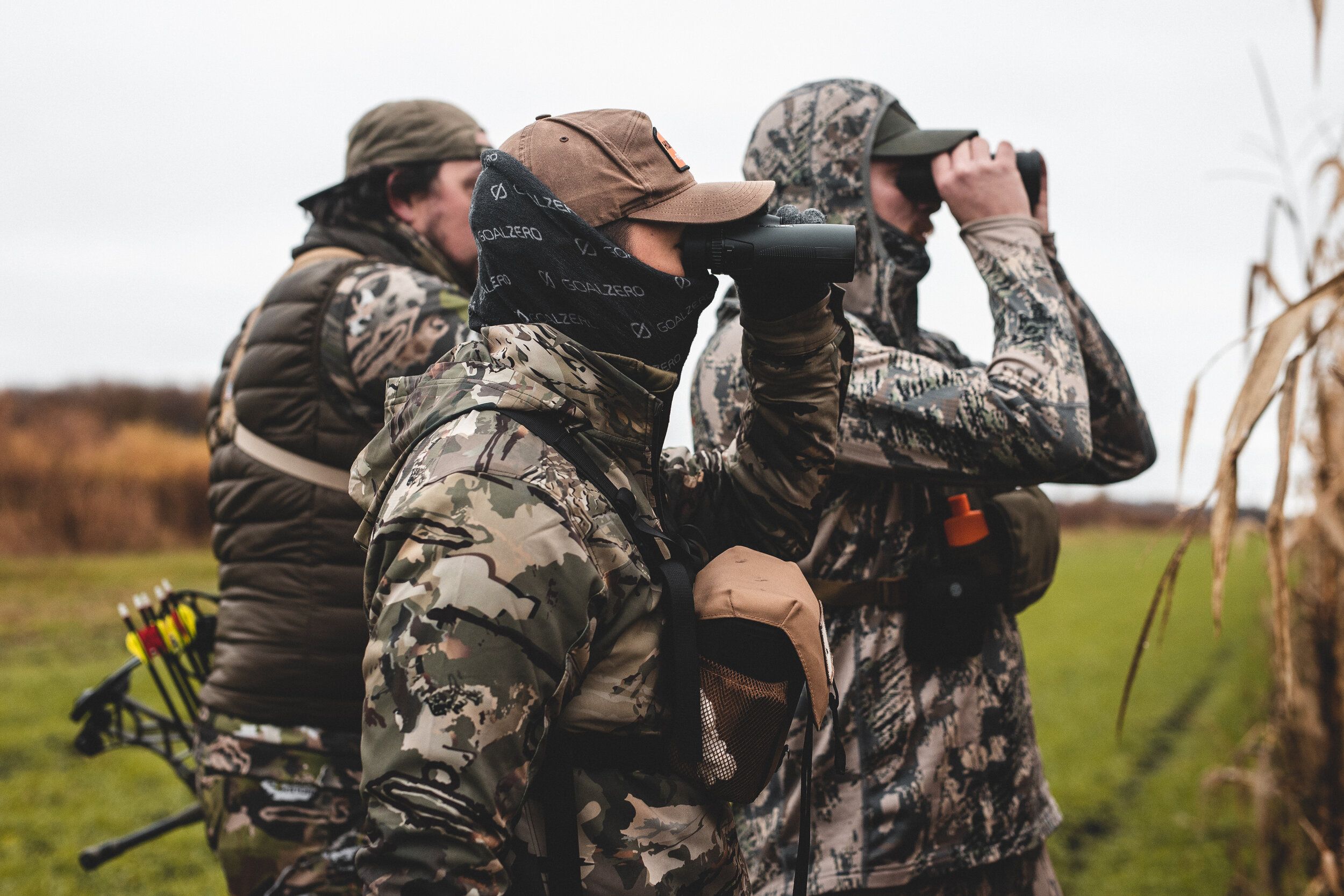 Hunting Tips
Hunting Tips10 Whitetail Facts Every Hunter Should Know
It's finally October, and you know what that means. HuntWise users: Deer season is now in full swing, and we couldn't be happier! Read More
Read More
1 of 3
